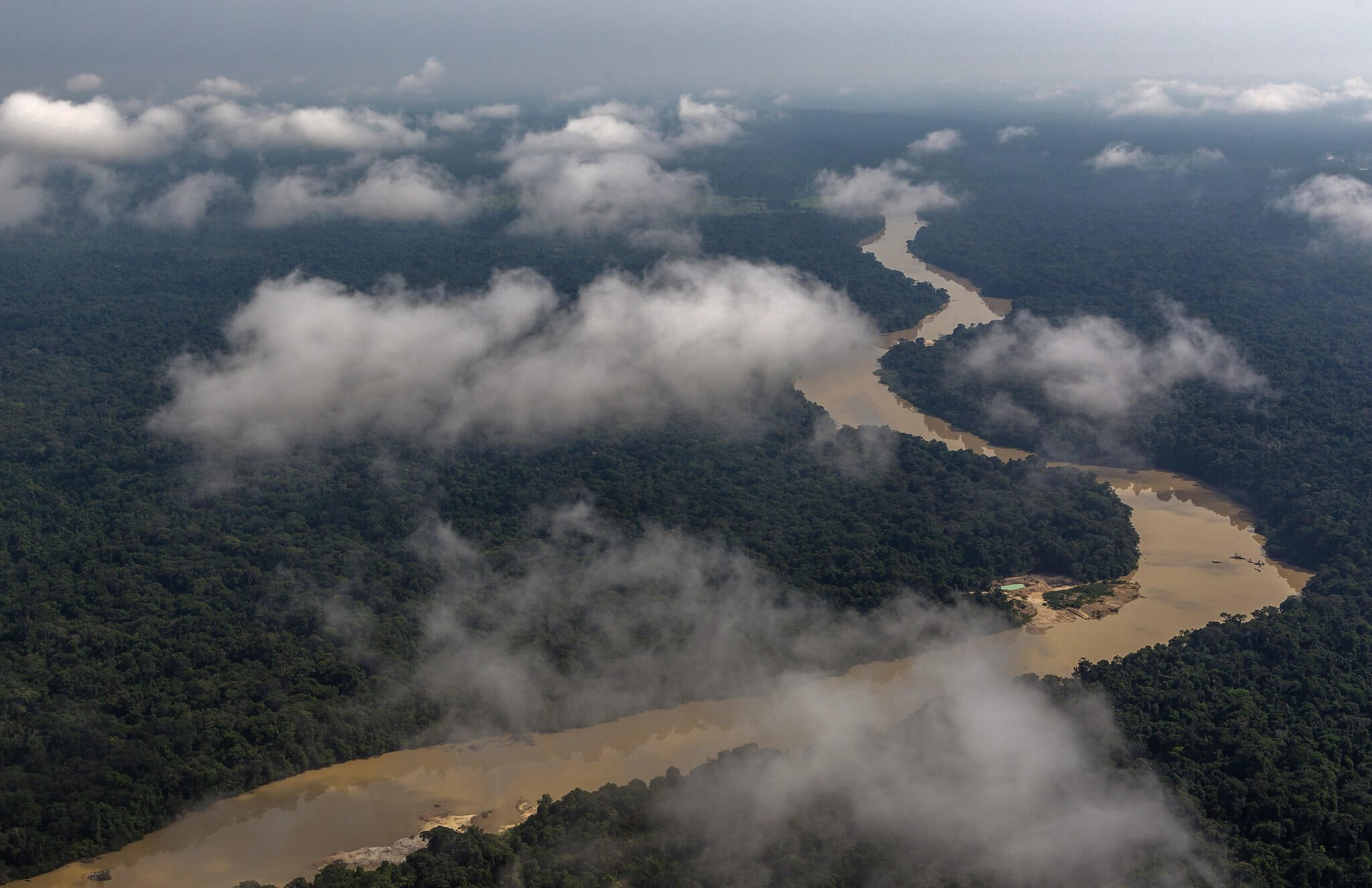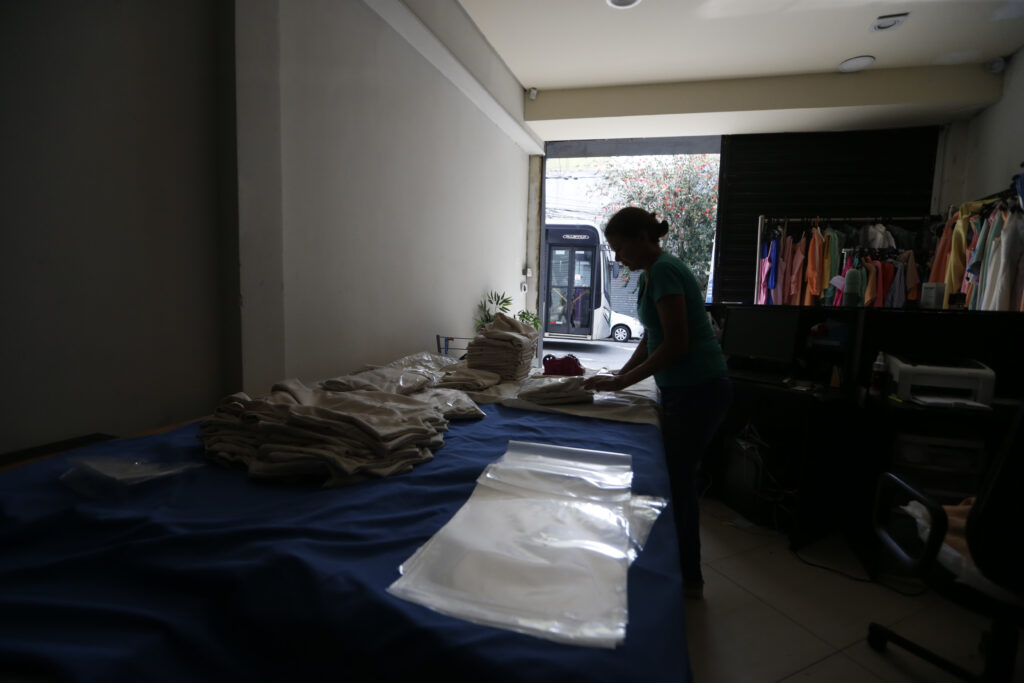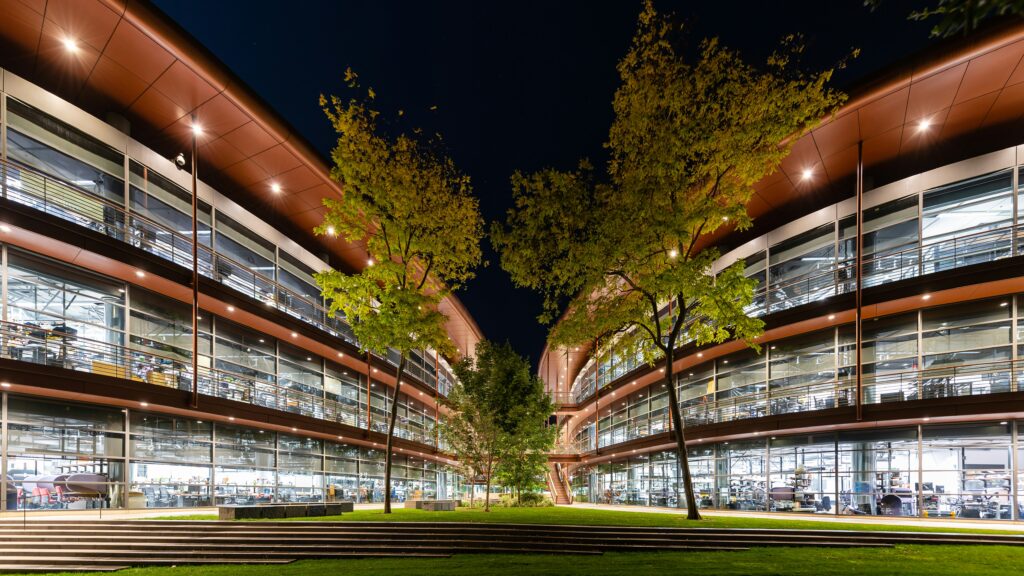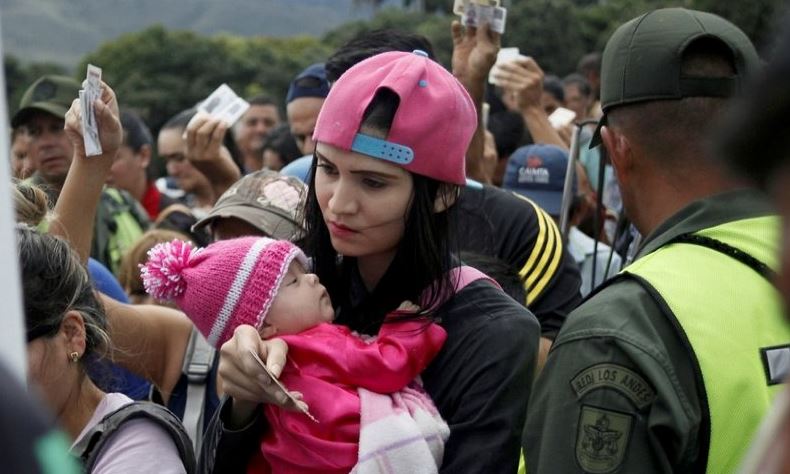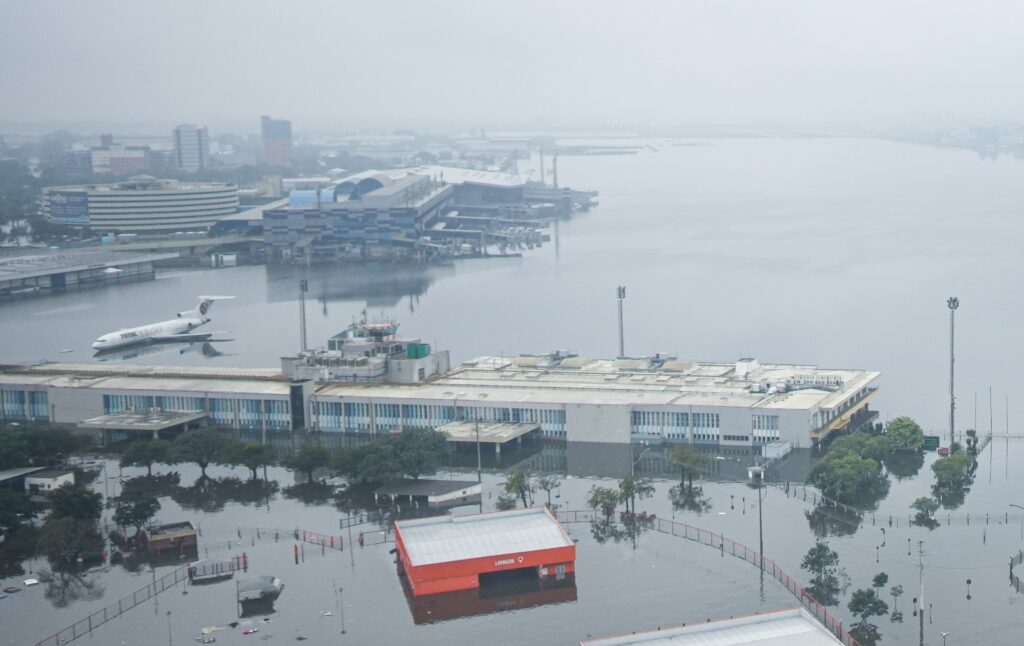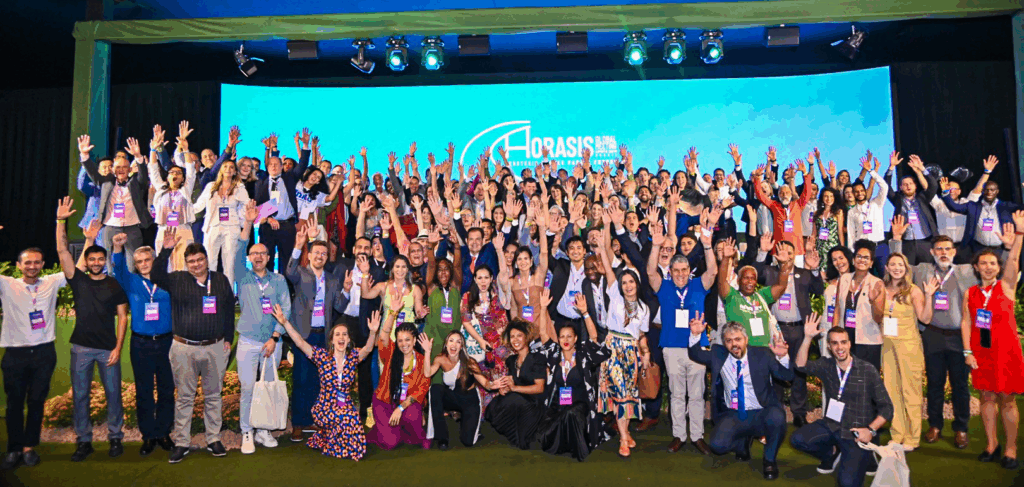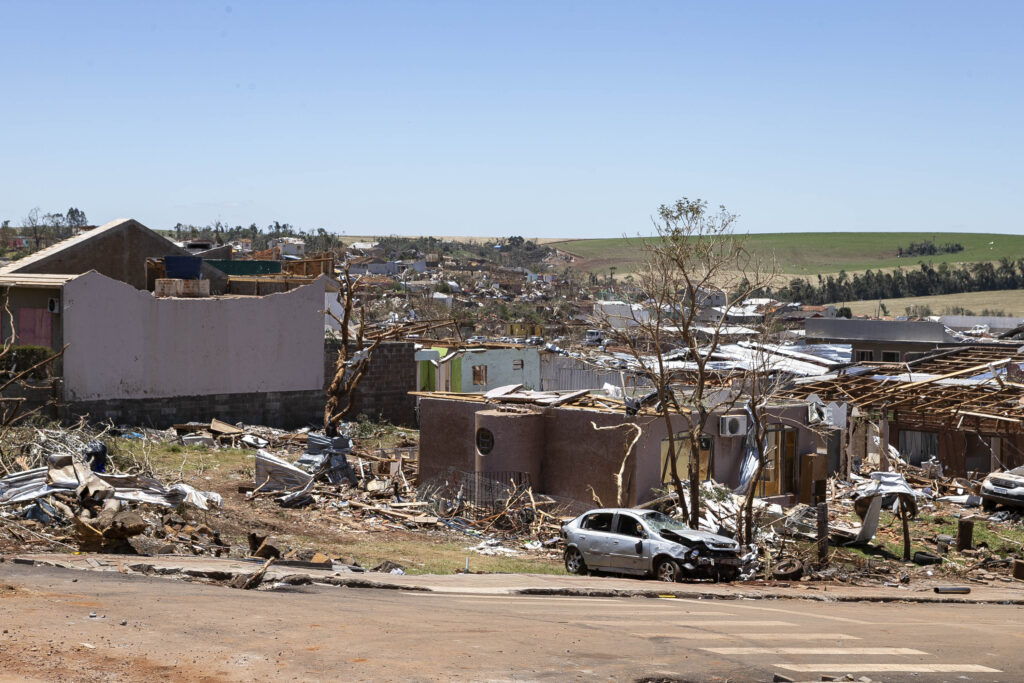São Paulo, Brazil – A report produced this month by the World Bank suggests a development model for the Brazilian Amazon region that combines ecosystem preservation with economic growth through a process of urban revitalization in cities considered strategic. According to the international lender, preserving the rainforest is worth up to seven times what can be obtained through exploitative activities such as logging, agriculture, and mining.
According to World Bank calculations, the Amazon rainforest is worth at least USD $317 billion per year. To arrive at this value, the bank took into account everything the forest is capable of providing. Home to 25% of all known terrestrial biodiversity, the Amazon plays a crucial role in regulating the global climate, is a vital source of rainfall for agriculture and hydroelectric power generation in South America, and provides livelihoods for many rural populations.
“As a public good, the value of the Brazilian rainforest includes its ecosystem services, which are estimated at $20 billion annually for the South American region alone. These services include the necessary rainfall for regional agriculture and protection against soil erosion and fires,” the report stated.
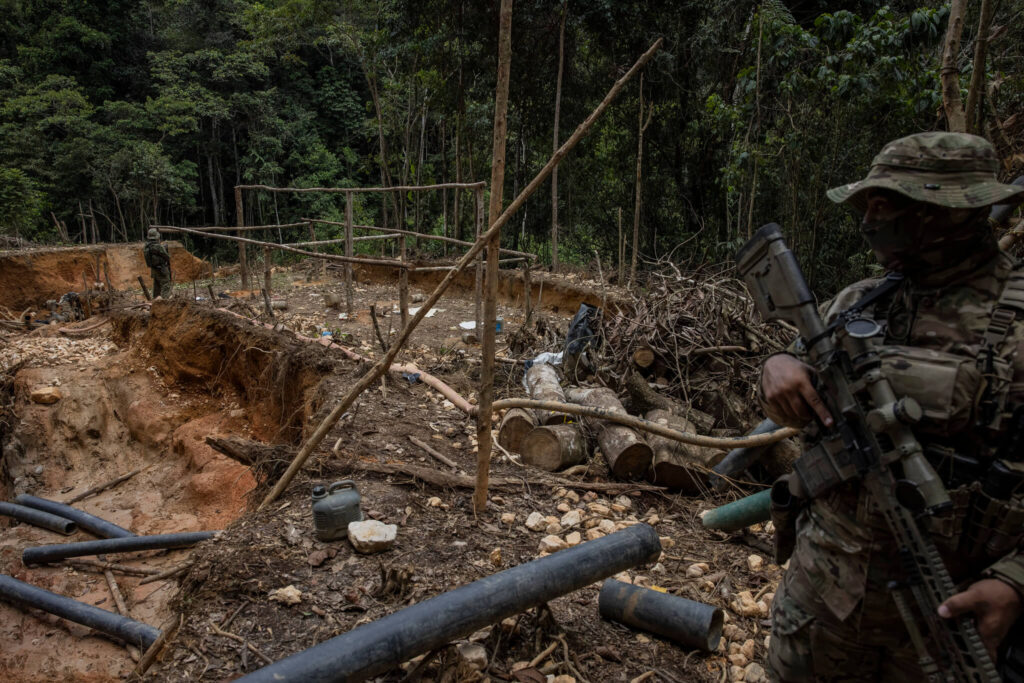
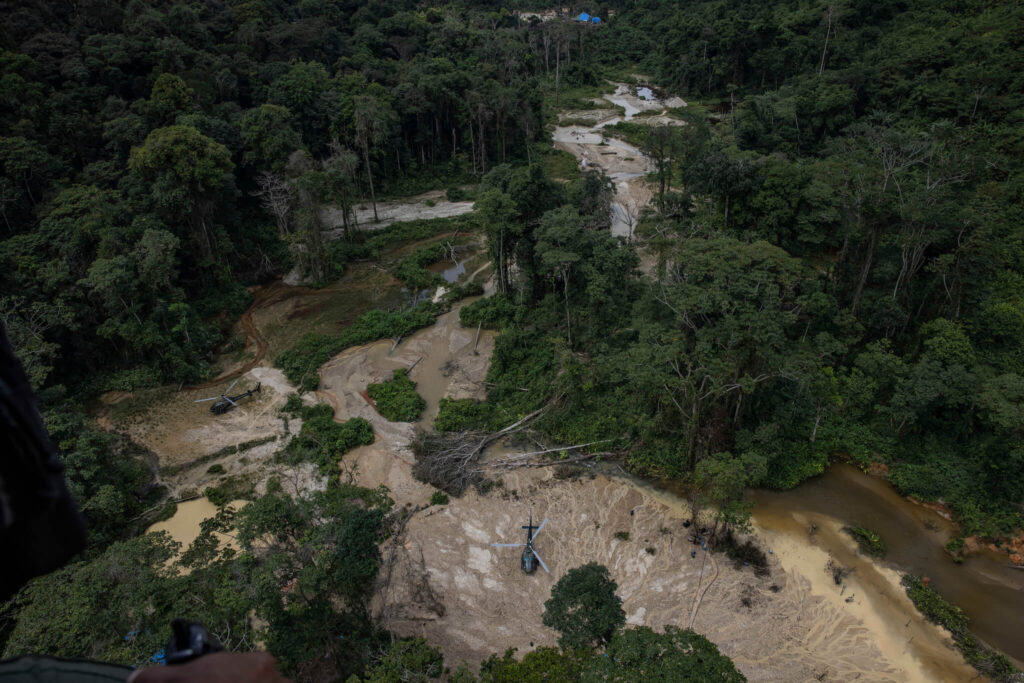
Investing in the infrastructure of strategic cities in the region would be an option to increase the potential for urban productivity, providing better living conditions for the local population. The thought is that by providing favorable employment options inside cities, people would no longer need to venture into the forest to seek income-generating alternatives from exploitation — thus promoting a chain of environmental preservation with benefits for all stakeholders involved.
The study identified 20 cities that meet the necessary conditions to be converted into economic hubs to foster urban productivity in the Amazon.
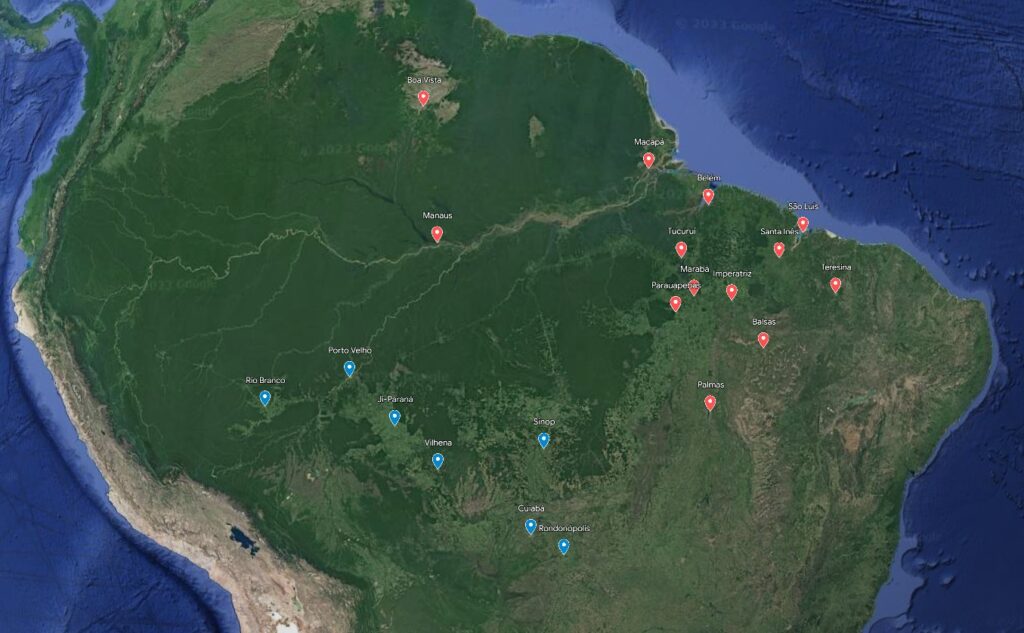
“Such an approach would need to combine strong forest protection with a sharper focus on productivity, including in urban areas while generating sustainable rural livelihoods, funded by conservation finance,” read the report.
The bank also warns that the advancement of deforestation is pushing the Amazon rainforest to an irreversible point that could compromise the structure of the biome and the maintenance of its ecosystem services, such as rain formation, for example.
To address this situation, the institution suggests adopting measures such as increasing enforcement actions to combat illegal deforestation, expediting the processes of granting and regularizing new Indigenous lands, making changes to the rural credit program, facilitating the release of loans for small-scale producers who employ low-carbon agricultural practices and agroforestry methods.


